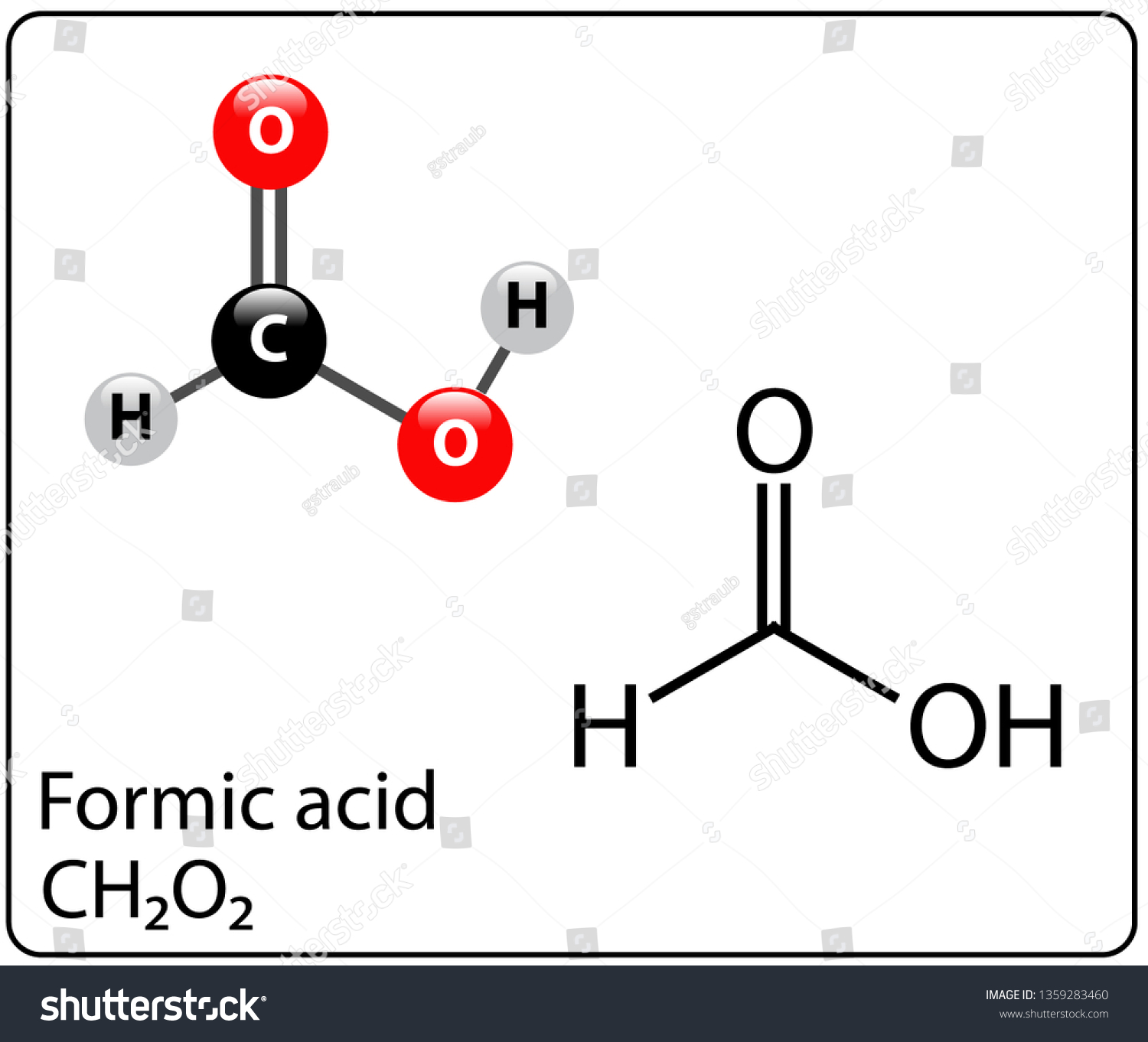5 Uses Formic Acid

Formic acid, a simple yet versatile chemical compound, has been utilized across various industries for its unique properties and reactivity. With the chemical formula HCOOH, it is the simplest carboxylic acid, exhibiting characteristics that make it an essential component in several applications, ranging from textile production to pharmaceutical manufacturing. The following explores five significant uses of formic acid, showcasing its diversity and importance in modern industrial processes.
1. Textile and Leather Industry
In the textile and leather industries, formic acid plays a crucial role in the manufacturing process. It is used as a fixing agent for dyes and as a pH regulator in the dyeing of fabrics. This application is particularly notable in the production of silk, wool, and synthetic fibers, where the acid helps in achieving the desired color intensity and stability. Moreover, formic acid is employed in the tanning process of hides and skins. It acts as a tanning agent, helping to stabilize and fix the tanning agents, resulting in improved quality and durability of the leather products.
2. Pharmaceutical Applications
The pharmaceutical industry leverages formic acid as a precursor and intermediate in the synthesis of various drugs and compounds. Its role in synthesizing active pharmaceutical ingredients (APIs) is significant due to its ability to participate in reactions that form essential bonds and structures within drug molecules. Additionally, formic acid is used as an excipient in some formulations, where it can act as a solvent, stabilizer, or pH adjuster, ensuring the efficacy and stability of the final pharmaceutical products.
3. Preservation and Antimicrobial Agent
Formic acid is recognized for its antimicrobial properties, making it an effective preservative in various applications. In the food industry, it is used to preserve livestock feed and to control the growth of harmful bacteria and molds. Similarly, in the cosmetics industry, formic acid can be found in some personal care products where its preservative properties help extend shelf life by preventing the growth of microorganisms. Its use as an antimicrobial agent is also explored in pharmaceuticals and in the preservation of cultural artifacts, highlighting its broad spectrum of activity.
4. Rubber and Plastic Industry
In the production of rubber and certain plastics, formic acid serves as a catalyst or co-catalyst in polymerization reactions. These processes are critical in creating materials with specific properties, such as strength, elasticity, and resistance to chemicals. For instance, in the manufacture of polyvinyl acetate (PVA), a common adhesive and coating material, formic acid can be involved in the generation of the vinyl acetate monomers, which are then polymerized to form PVA. This role underscores the importance of formic acid in creating materials that are ubiquitous in everyday life.
5. Laboratory Reagent and Analytical Chemistry
As a reagent in laboratory settings, formic acid is invaluable due to its reactivity and ability to participate in a wide range of chemical reactions. It is used in the synthesis of compounds, as a solvent, and in various analytical techniques such as chromatography and spectroscopy. Formic acid is particularly useful in mass spectrometry, where it can serve as an ionization agent, helping to convert molecules into charged particles that can be detected and analyzed. This application highlights the versatility of formic acid in scientific research and analytical chemistry.
What are the primary uses of formic acid in industrial processes?
+Formic acid is used in a variety of industrial applications, including the textile and leather industries for dyeing and tanning, in pharmaceutical manufacturing as a precursor and intermediate, as a preservative due to its antimicrobial properties, in the rubber and plastic industry as a catalyst, and as a reagent in laboratory settings for synthesis and analysis.
What makes formic acid an effective preservative?
+Formic acid's effectiveness as a preservative stems from its antimicrobial properties, which allow it to control the growth of bacteria, molds, and other microorganisms. This makes it useful in preserving livestock feed, in pharmaceuticals, and in personal care products.
How does formic acid contribute to the synthesis of pharmaceuticals?
+Formic acid is used as a precursor and intermediate in the synthesis of various drugs and compounds. It participates in reactions that form essential bonds and structures within drug molecules, making it a critical component in pharmaceutical manufacturing.
In conclusion, formic acid’s utility spans across diverse sectors, from manufacturing and pharmaceuticals to preservation and analytical chemistry. Its unique properties and reactivity make it a valuable compound in modern industrial processes, contributing to the production of a wide range of products that are integral to daily life. As research continues to uncover new applications and efficiencies, the importance of formic acid is likely to grow, further solidifying its place as a critical chemical building block.

